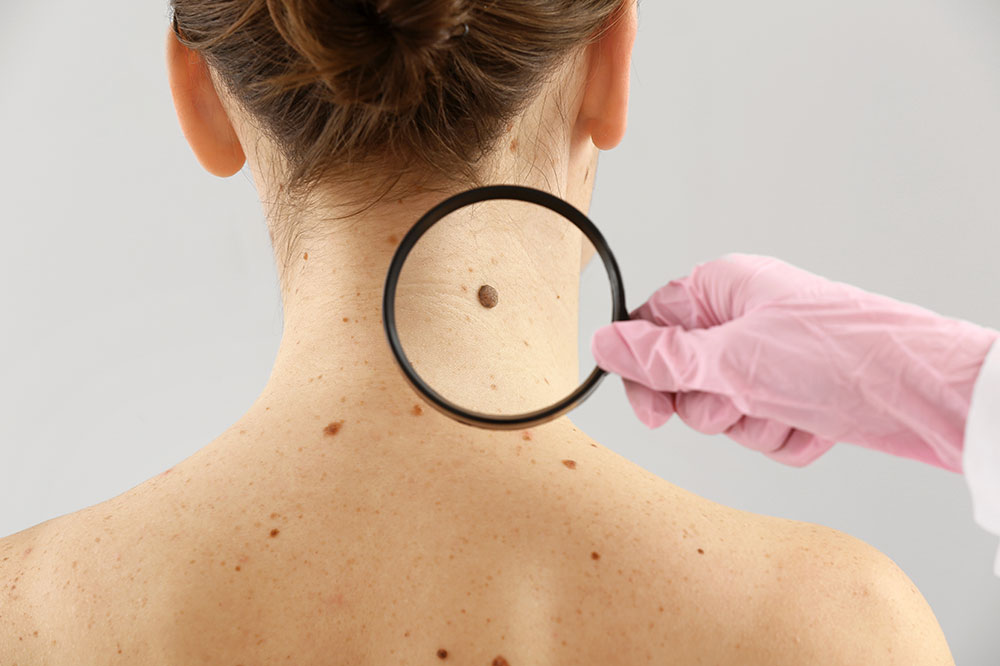
Melanoma – Diagnosis and Treatment
Melanoma is one of the deadliest skin cancers. It develops in the cells responsible for the production of melanin, the pigment that gives skin its color. The exact reason for melanoma is unknown, but overexposure to ultraviolet (UV) rays from sun and tanning beds can significantly increase the risk. Let us talk about the diagnosis and treatment of melanoma.
1. Diagnosis
- Physical exam
A doctor will perform a physical exam to look for signs of melanoma and ask the patient about their medical history.
- Sample tissue testing
If the doctor suspects a skin lesion, they may remove a sample of the tissue for testing purposes. The biopsy procedure recommended by them will depend on one’s specific situation.
- Determining the thickness of the melanoma
The doctor will carefully examine the thickness of melanoma under a microscope and measure it under a special tool. The thickness will help them detect the seriousness of the condition, and they can finalize the right treatment plan.
- Testing lymph nodes
The doctor may also do a sentinel node biopsy, a procedure that is recommended in case of an increased risk of cancer spreading to the lymph nodes. The idea is to look for the spread of cancer. If the first lymph nodes, known as sentinel lymph nodes, are cancer-free, there is a possibility that cancer has not spread to other parts of the body.
- Looking for advanced melanomas
The doctor may also recommend imaging tests to look for signs of cancer that may have spread beyond the skin. Imaging tests include X-rays, CT scans, and PET scans.
Melanoma is staged using Roman numerals denoted between 0 and IV. The smaller the stage, the easier it is to treat the condition.
2. Treatment
- Surgery to remove infected lymph nodes
If melanoma has managed to breach the lymph nodes, the doctor will perform surgery to remove the infected nodes.
- Immunotherapy
This is a treatment that helps build the body’s immunity to fight against cancer. It is often recommended after the surgery if cancer has spread to lymph nodes and beyond. When surgery fails to remove melanoma completely, immunotherapy treatments can help deter its spread.
- Targeted therapy
This spot treatment targets specific cancer cells, helping in their elimination. The doctor may test the cells to see if targeted therapy will work against cancer.
- Radiation therapy
The surgeons use high-powered beams, such as protons and X-rays, to eliminate cancer cells from the body. It can also be used to remove melanoma that has not been fully removed through surgery.
- Chemotherapy
This treatment option uses medications to eliminate cancer cells. It is given intravenously or in pill form or through both methods.
Knowing about the diagnosis and treatment of melanoma can help one make informed decisions about their treatment plan.



